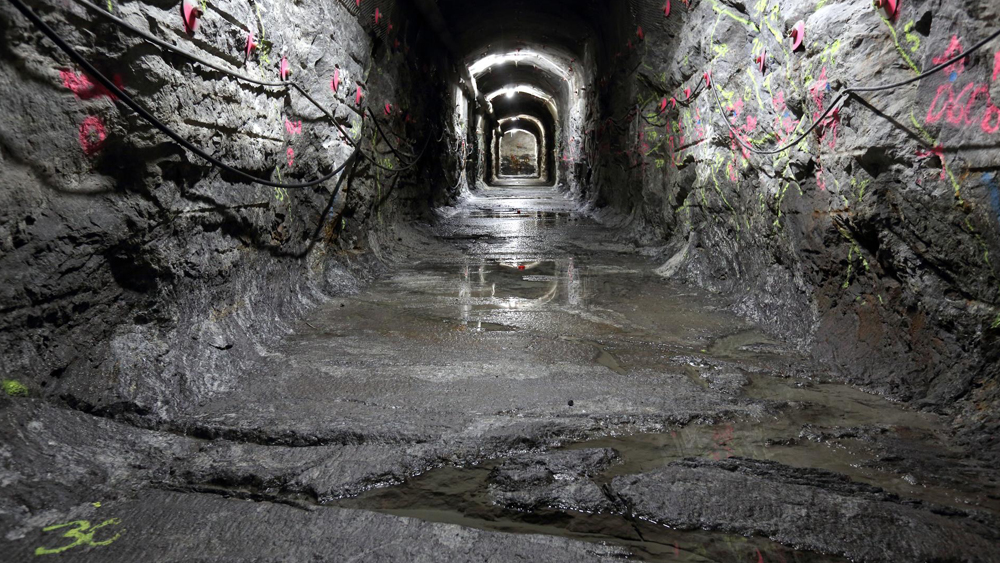Licensees responsible for nuclear waste management

Nuclear waste management means all measures necessary to recover, store, handle and permanently dispose of nuclear waste, including measures associated with the decommissioning of a nuclear facility.
An operator holding a licence to run a nuclear facility is responsible for the management of nuclear waste and all the related costs. To guarantee that outstanding nuclear waste management interventions can be carried out in all circumstances, licensees under a waste management obligation make payments to the National Nuclear Waste Management Fund, as necessary. The Nuclear Energy Act lays down provisions on the liabilities concerning nuclear waste management (waste management liability) and financial preparation (duty to prepare). The act also lays down provisions on the required waste management plans and reporting.
The licence holders’ nuclear waste management plans are approved by the Ministry of Employment and the Economy. The Radiation and Nuclear Safety Authority (STUK) monitors the implementation of the plans.
The processing of nuclear waste and its final disposal depend on its activity concentration
Nuclear waste is divided into four categories based on its activity concentration: very low, low, intermediate and high levels of nuclear waste. Waste is processed and disposed of in a manner required by the classification. The long-term safety of final disposal is also determined based on the level of activity. Low and intermediate level waste requires a shorter time than high-level waste before it can be deemed safe for the environment (i.e. when the half-life of the radioactive isotopes remaining in the waste is shorter).
Very low-level nuclear waste contains only traces of radioactive material, and it can therefore be disposed of in a final disposal facility built in the ground. TVO has implemented an environmental impact assessment procedure related to the soil-based final disposal of very low-level nuclear waste.
Low and intermediate level nuclear waste has underground final disposal facilities in the power plant areas. The L/ILW repositories are nuclear facilities in accordance with the Nuclear Energy Act, which means they require licensing pursuant to the act. In the case of the Loviisa nuclear power plant, the L/ILW repository received a licence together with the operating licence. Detailed information on the L/ILW repositories can be found on the project-specific sites.
The plant areas also have temporary storage for spent fuel that is high-level nuclear waste. The plan is to eventually transfer the spent nuclear fuel from these water-filled pool storages to Posiva Oy’s final deposit facility in Olkiluoto, which should become operational in the mid-2020s. The government granted the construction licence in November 2015. The construction of an encapsulation plant and final disposal facility is under way. Posiva Oy submitted the application for the operating licence for the final disposal facility of spent nuclear fuel to the Government on 30.12.2021.
Further information: linda.kumpula(at)gov.fi
